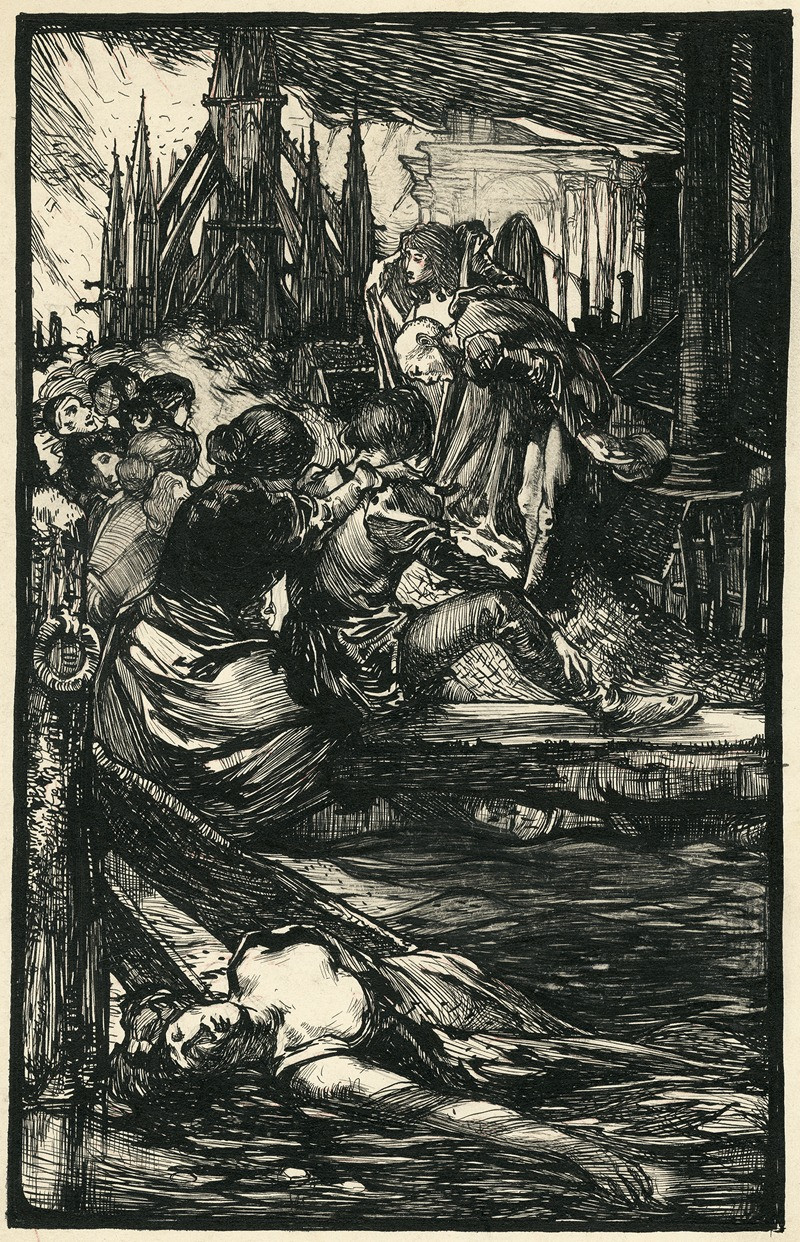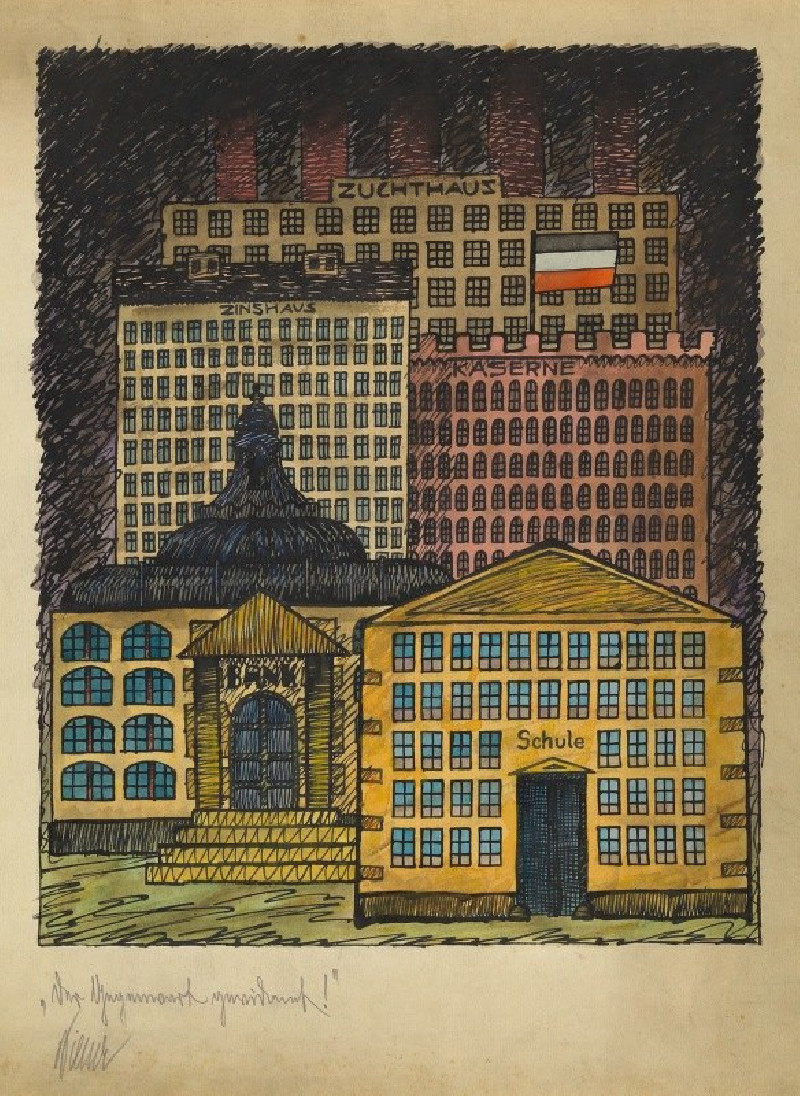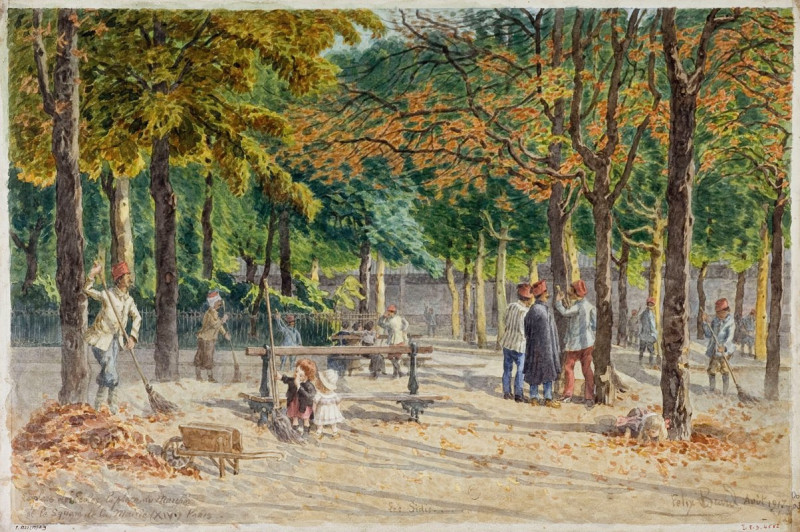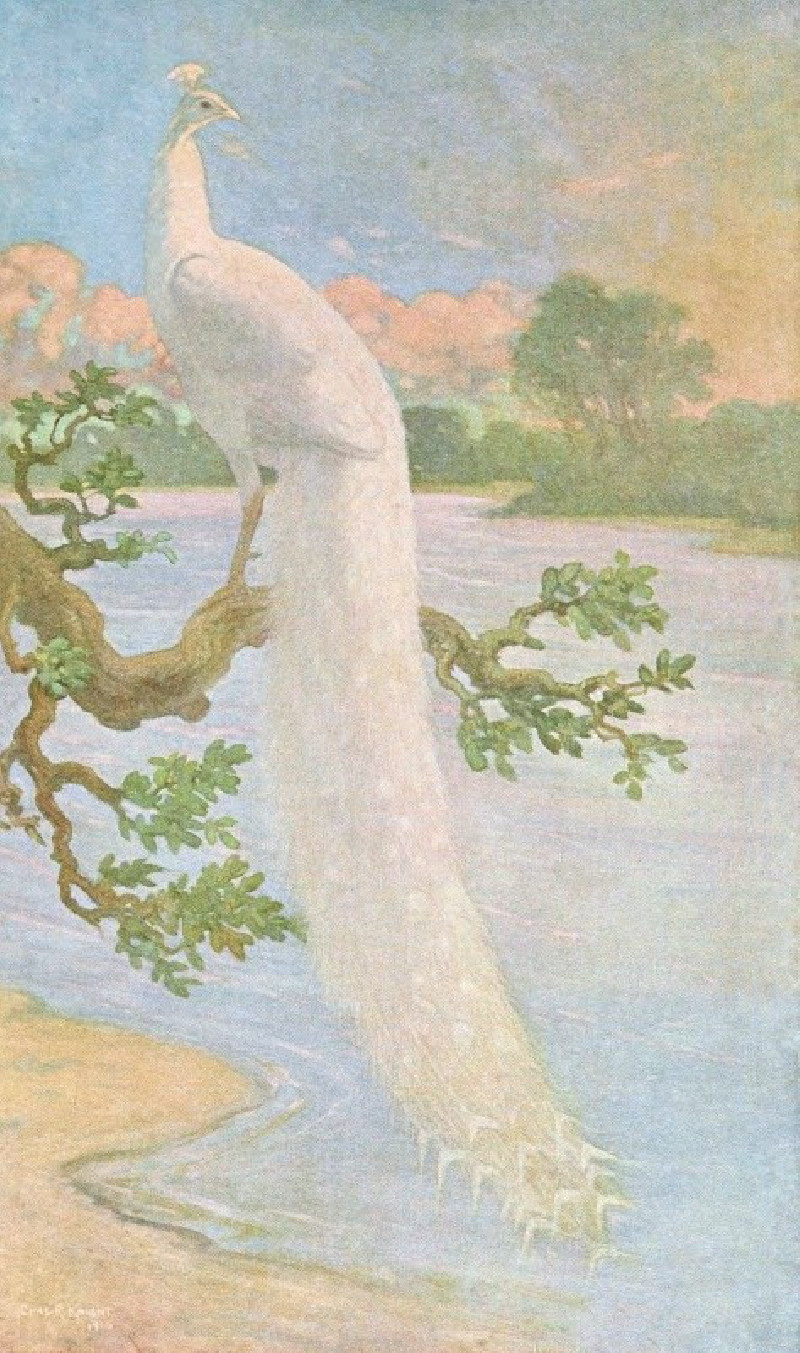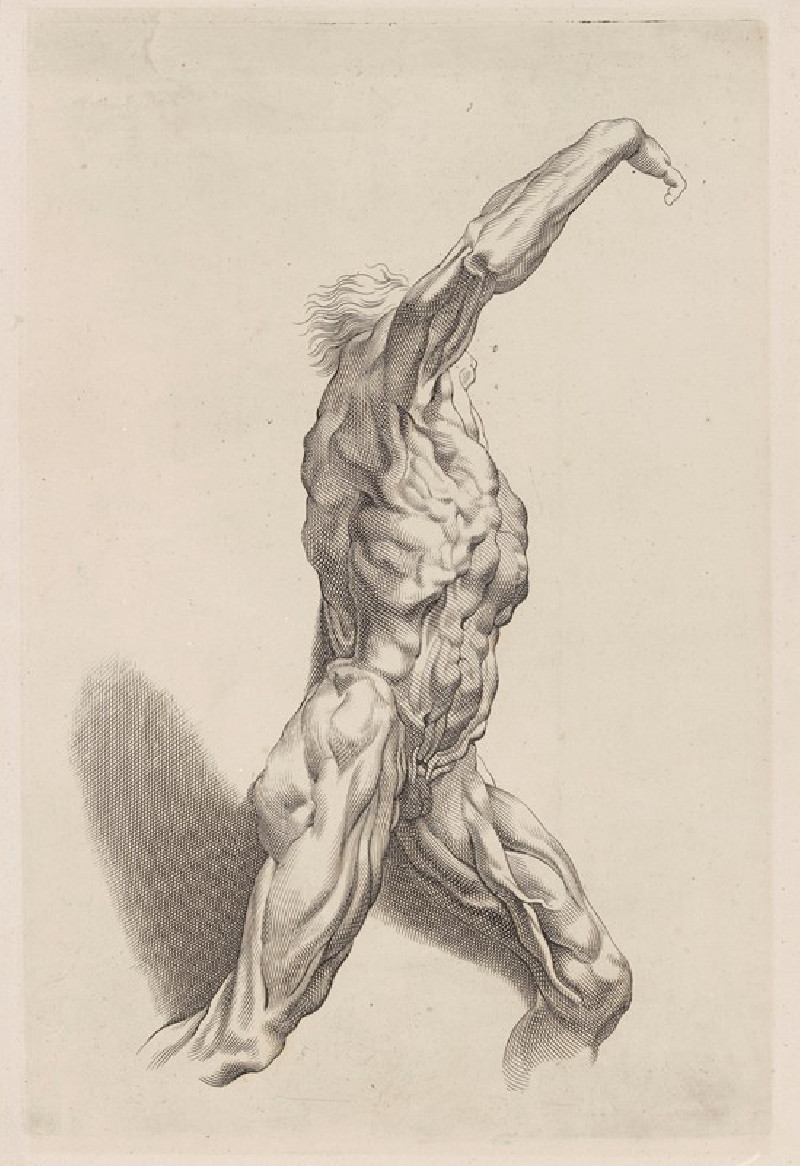Die Geliebte (1915)
Technique: Giclée quality print
Recommended by our customers
More about this artwork
Titled "Die Geliebte" ("The Beloved"), this captivating work from 1915 by Ernst Ludwig Kirchner, a leading figure in the Expressionist movement, delves deep into the emotional and psychological temperament of its subjects. At first glance, the canvas is dominated by a central figure, a woman, whose form is depicted in a bold, angular style characteristic of Kirchner's approach to art. Her posture, seated yet seemingly tense, along with the stark, expressive lines of her body, conveys a profound sense of introspection or melancholy.The woman's face, turned slightly away from the viewer, evokes a certain degree of aloofness, perhaps hinting at inner turmoil or contemplation. The dark, heavy outlines and sharp angularity of features amplify the emotional intensity, pulling us into the internal world of the figure. Her large, somber eyes and the stark contrast of colors also complement this effect.Behind her, a second figure looms, rendered in muted colors and simpler forms, perhaps symbolizing a background presence or an overshadowing memory in the life of the woman. The interaction between these two figures, although subtle, adds a layer of narrative complexity to the artwork.Kirchner's use of vivid, contrasting colors and dynamic, rough textures enhances the emotional resonance of the piece, making "Die Geliebte" a striking example of Expressionist art, where the portrayal of raw, human emotions takes precedence over realistic depiction.
Delivery
Returns
Ernst Ludwig Kirchner (1880–1938) was one of the most important German Expressionist painters. He was a co-founder of Die Brücke, a group of German expressionist artists formed in Dresden in 1905. Die Brücke and Kirchner took inspiration from Vincent Van Gogh and Edvard Munch, as well as African and Oceanic art. They used woodblock printing as a medium to showcase their signature style: flat, unrealistic images with vivid colors. The recurring themes in Kirchner's artworks included exotic cultures, faraway landscapes, self-portraits, dancers and Berlin street life. His paintings and prints effectively portrayed non-European cultures despite the fact that he never traveled outside of Europe.

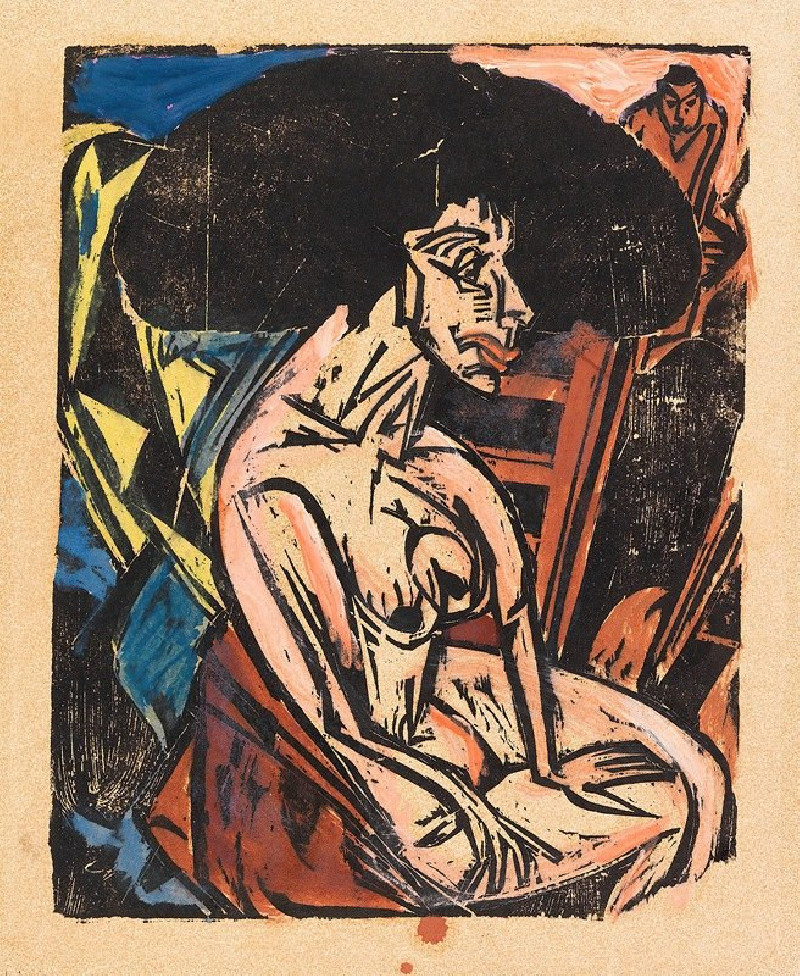






























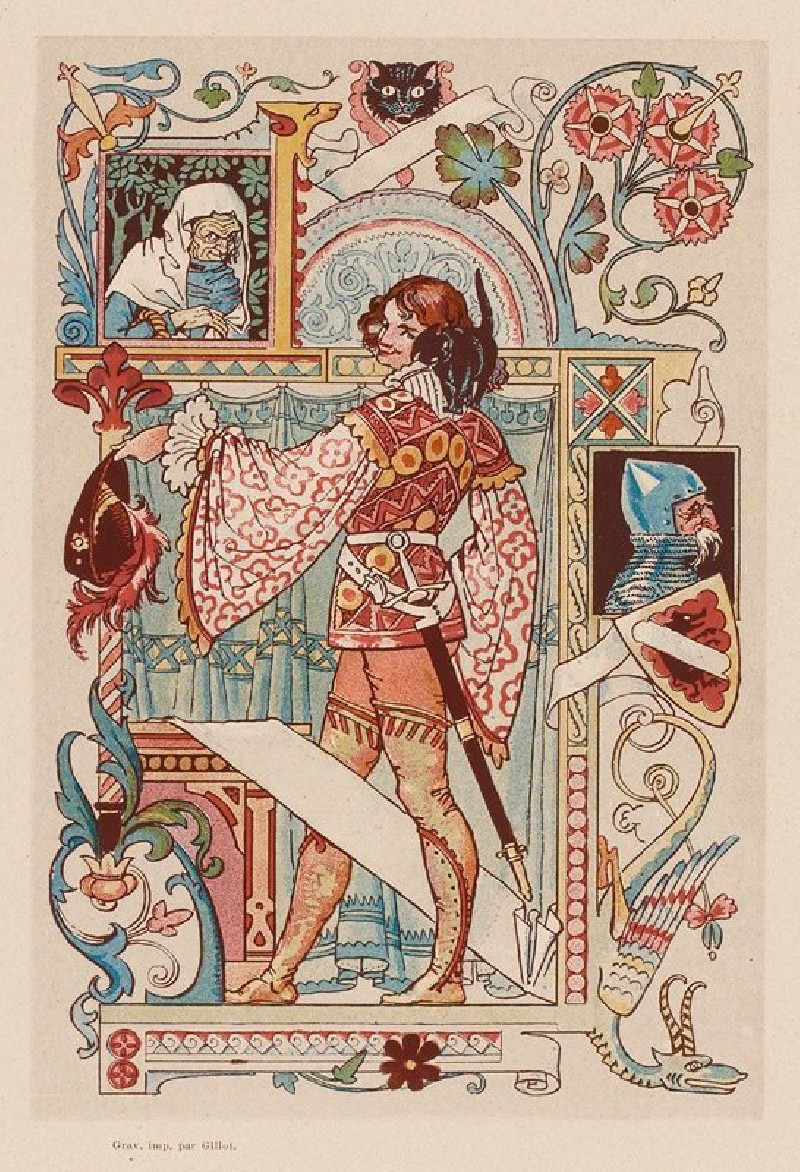
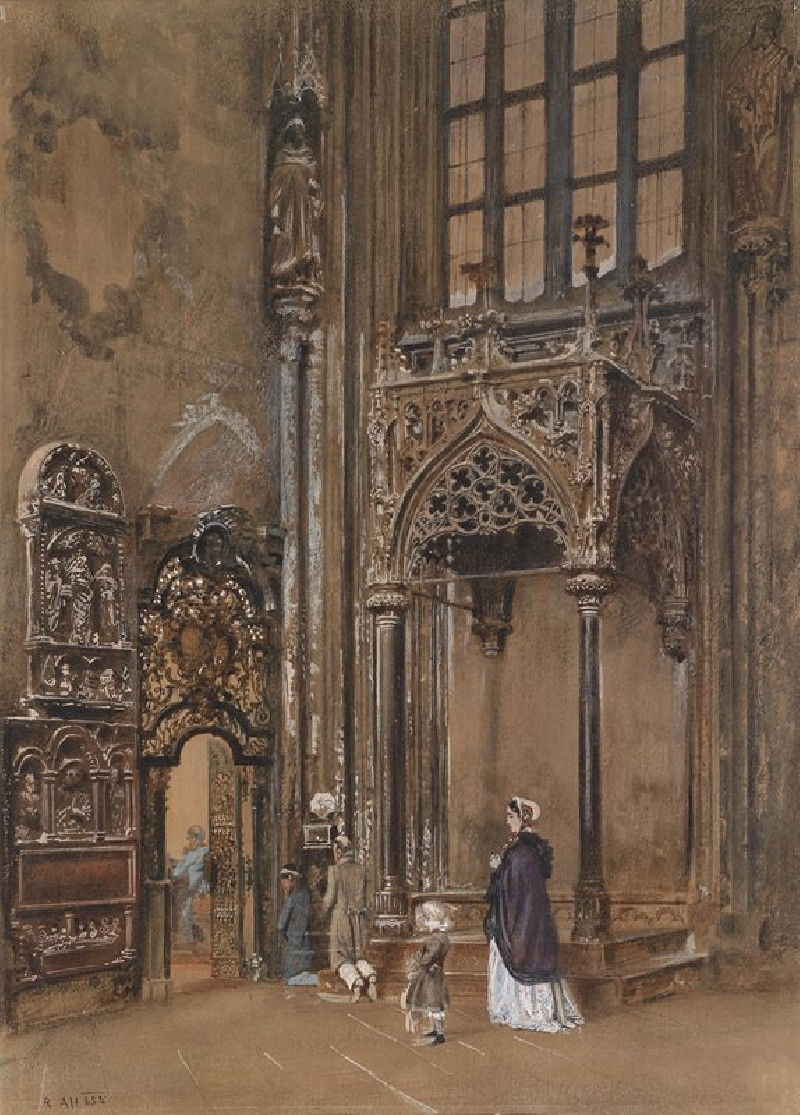

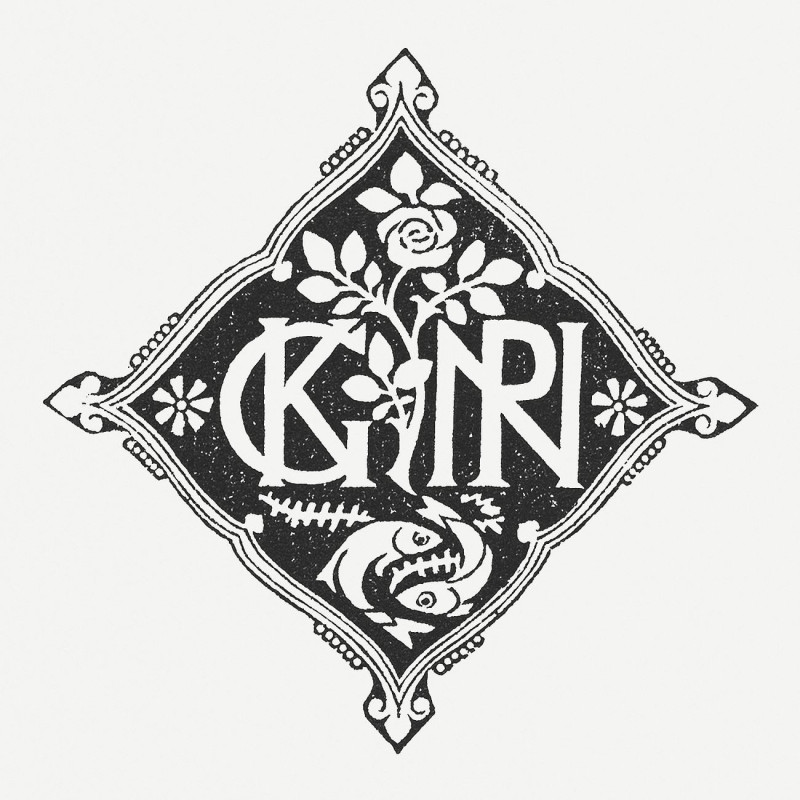
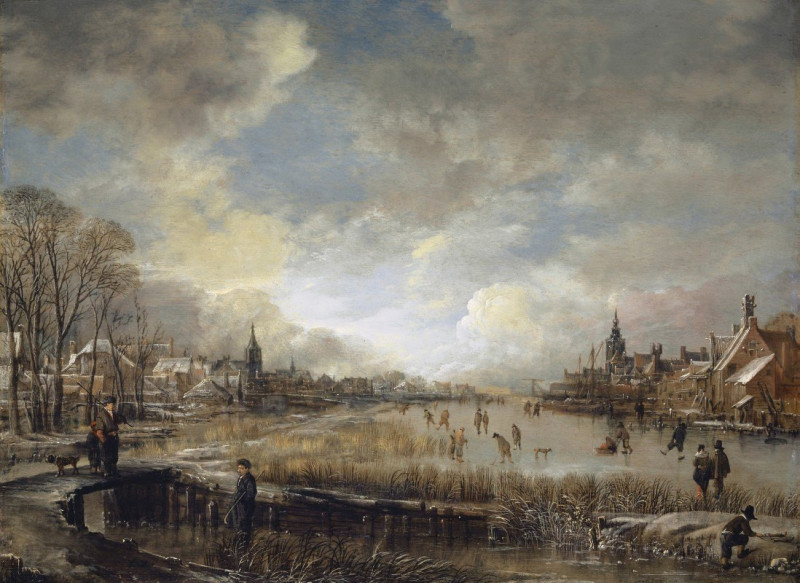
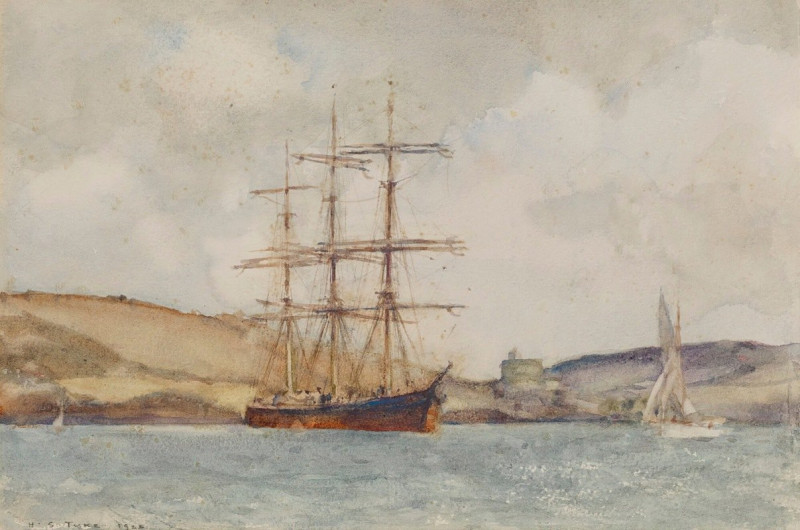
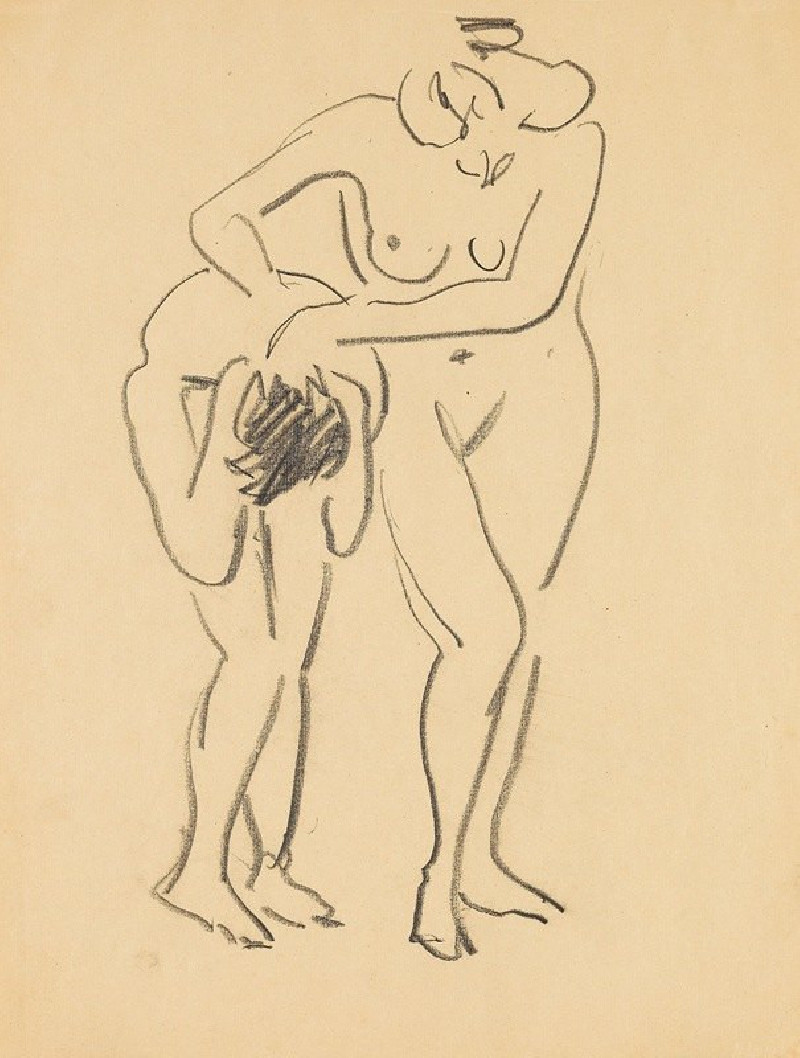

![View Above Poonaka [Punakha] reproduction of painting by Samuel Davis. ALL GICLEE PRINTS](https://reprodukcijos.lt/49426-large_default/reproduction-of-view-above-poonaka-punakha.jpg)
